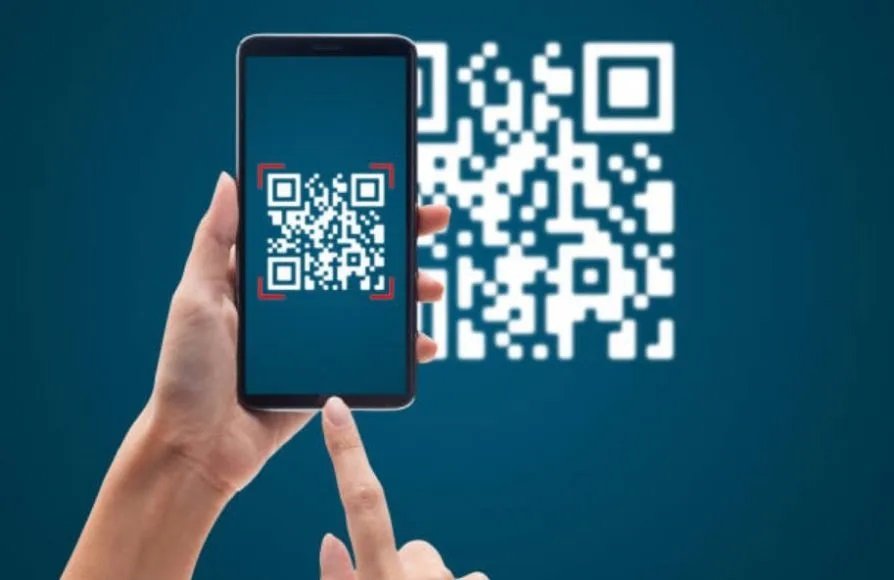Exploring QR Codes: The Versatile Tool of the Digital Age

In today’s interconnected world, QR codes have become ubiquitous, seamlessly integrating physical and digital interactions. Originally developed for tracking purposes by Denso Wave in 1994, QR codes have evolved into a versatile technology with applications spanning across industries and daily activities.
Understanding QR Codes
QR codes, short for Quick Response codes, are two-dimensional barcodes consisting of black modules arranged in a square grid on a white background. Unlike traditional barcodes that store data linearly, QR codes can store information both horizontally and vertically, allowing them to encode a variety of data types, including URLs, text, contact information, and more. This flexibility has contributed to their widespread adoption in diverse sectors.
How QR Codes Work
The functionality of QR codes revolves around their ability to be scanned and decoded quickly using smartphones or dedicated QR code scanners. The process involves:
- Scanning: A QR code is scanned using the camera of a smartphone or a QR code reader app.
- Decoding: The scanned image is processed to extract the encoded information.
- Action: Based on the encoded data, an action is initiated, such as opening a website, displaying text, making a payment, or accessing additional information.
This seamless process has made QR codes a convenient tool for accessing digital content and performing transactions on the go. For students needing extra help with assignments, the cheapest essay writing service from MyAssignmentHelp can provide valuable support.
Applications Across Industries
QR codes have found extensive use in various sectors:
- Retail and Marketing: Retailers use QR codes on product packaging and in-store displays to provide customers with product information, promotions, and reviews. QR codes enable consumers to make informed purchasing decisions by accessing detailed specifications and pricing information instantly.
- Payments and Banking: QR codes have revolutionized the payment landscape by facilitating quick and secure transactions. Mobile payment platforms leverage QR codes for contactless payments at retail stores, restaurants, and online platforms, eliminating the need for physical cash or cards.
- Healthcare: In healthcare settings, QR codes streamline processes such as patient identification, medication management, and access to electronic health records. Medical professionals use QR codes on patient wristbands and medication packaging to ensure accurate and efficient care delivery.
- Transportation and Ticketing: QR codes are widely used for ticketing and boarding passes in transportation systems, including airlines, railways, and buses. Passengers can scan QR codes on their mobile devices or printed tickets to facilitate seamless travel experiences.
- Education: Educational institutions utilize QR codes to enhance learning experiences by providing access to supplemental resources, assignments, and quizzes. Teachers create QR codes that students can scan to access digital content and participate in interactive learning activities.
Advantages of QR Codes
The popularity of QR codes can be attributed to several advantages:
- Convenience: QR codes enable instant access to information and services with a simple scan, enhancing user convenience and efficiency.
- Versatility: They can store various types of data, making them suitable for a wide range of applications across different industries.
- Cost-effectiveness: Implementing QR codes is cost-effective compared to traditional technologies, as they require minimal infrastructure and resources.
- Security: QR codes can be encrypted to protect sensitive information, ensuring secure transactions and data exchange.
Future Trends and Innovations
Looking ahead, QR codes are poised to evolve further with advancements in technology:
- Integration with Augmented Reality (AR): QR codes could merge with AR technology to offer immersive experiences, such as virtual tours, interactive product demonstrations, and personalized marketing campaigns.
- Enhanced Data Analytics: Businesses can leverage QR code scans to gather valuable insights into customer behavior and engagement, enabling targeted marketing strategies and personalized customer experiences.
- IoT Integration: QR codes may play a pivotal role in the Internet of Things (IoT) ecosystem by facilitating seamless connectivity and data exchange between smart devices and systems.
Conclusion
In conclusion, QR codes have transformed the way we interact with digital information, offering a versatile and efficient solution for accessing content, making payments, and enhancing user experiences across various sectors. As technology continues to advance, QR codes will continue to innovate and expand their applications, further integrating into our daily lives and driving digital connectivity in the modern era.
3.5



